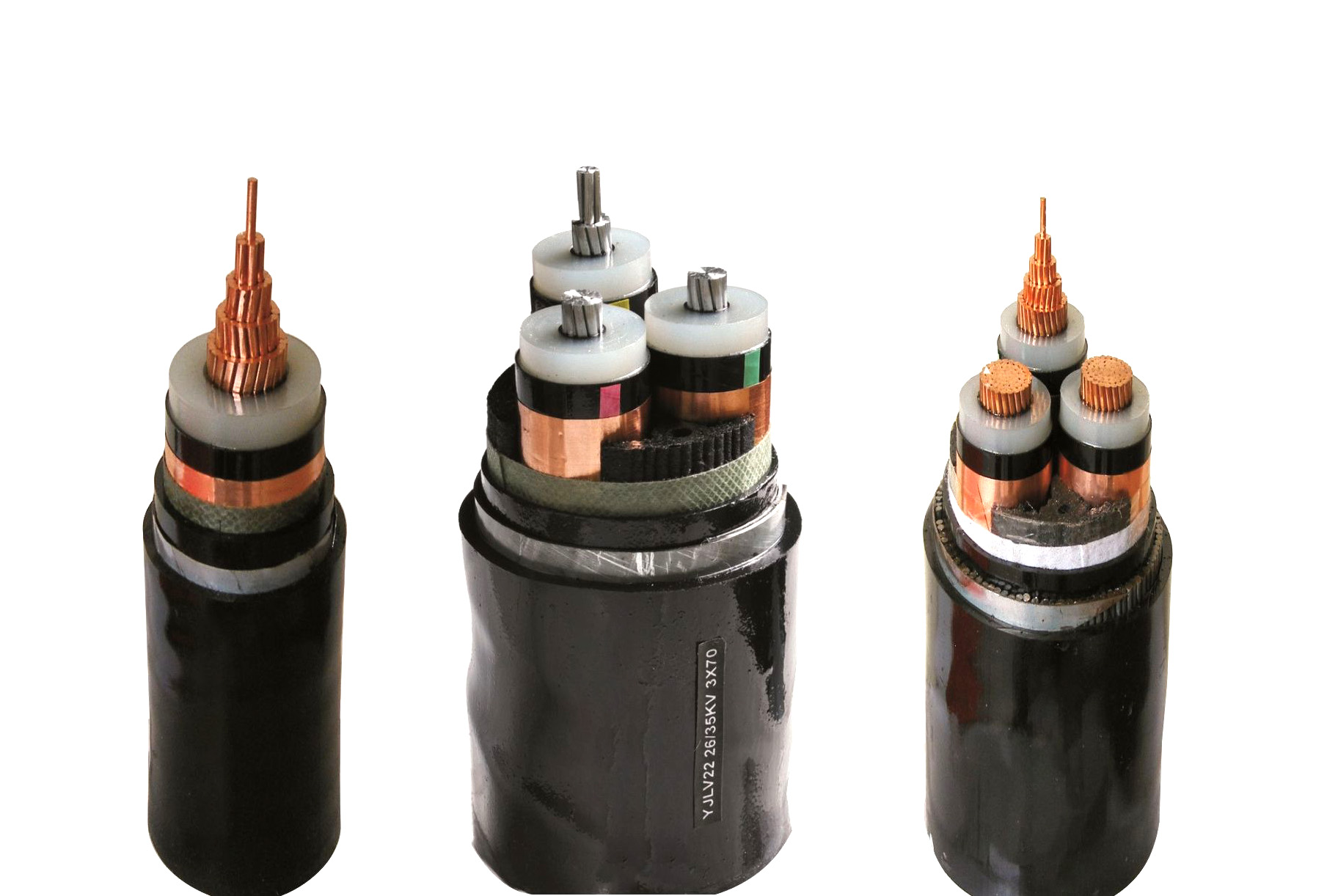
Polyethylene English, referred to as PE, is a polymer of ethylene, non-toxic.
Easy to color, good chemical stability, cold resistance, radiation resistance, and electrical insulation.
It is suitable for packaging materials for food and medicine, making utensils, medical equipment, and insulating materials for the electronics industry. Such as standard overhead lines, and aluminum abc cables.
Polyvinylchloride, abbreviated as PVC, is a polymer of vinyl chloride.
It has good chemical stability and is resistant to acids, alkalis, and some chemicals. It is resistant to moisture, aging, and flame retardant.
It should not be used at temperatures above 60 ° C and will harden at low temperatures. Polyvinyl chloride is divided into soft plastic and hard plastic.
The soft type is mainly made into a film, used as a packaging material, a rainproof article, an agricultural seedling film, etc., and can also be used as an insulating layer of a cable or a wire, and an artificial leather product.
Rigid, generally made of tubing and sheeting, used as a water pipe and transporting corrosion-resistant fluid pipes, which are used as linings and floors for various tanks.
Such as common PVC copper cables, and electric PVC wire.
XLPE is an important technology to improve PE performance.
The cross-linked modified PE can greatly improve its performance, significantly improving the mechanical properties of PE, environmental stress cracking resistance, chemical corrosion resistance, creep resistance, electrical properties, etc.
The temperature resistance level is increased, and the heat resistance temperature of PE can be increased from 70 ° C to over 90 ° C, thereby greatly expanding the application range of PE.
Crosslinked polyethylene (XLPE) has been widely used in pipes, films, cable materials, and foam products. Such as XLPE insulated power cable, and XLPE ABC cable.
1 Increased heat deformation resistance, improved mechanical properties at high temperatures, improved resistance to environmental stress cracking and heat aging.
2 Enhanced chemical stability and solvent resistance, reduced cold flow, basically maintain the original electrical properties, long-term working temperature up to 125 ℃ and 150 ℃.
Cross-linked polyethylene insulation of wire and cable, but also to improve the short-circuit withstand capacity, its short-term withstand temperature up to 250 ℃.
With the same thickness of wire and cable, cross-linked polyethylene load capacity is much larger.
3 XLPE insulated wire and cable have excellent mechanical, waterproof, and radiation resistance properties, so it is widely used.
Such as electrical internal connection lines, motor leads, lighting leads, automotive low-voltage signal control lines, locomotive wires, subway wires, and cables, mining environmental protection cables, marine cables, nuclear power laying cables, TV high voltage lines, X-RAY hit the high-voltage lines, power transmission wire and cable, and other industries.
PVC
Low operating temperature, short thermal aging life, small transmission capacity, low overload capacity, smoke, and acid gas hazards in case of fire.
Wire and cable industry general products, good physical and mechanical properties, good processing performance, low cost, and selling price.
But contains halogen, sheath dosage ZUI large.
PE
Excellent electrical properties have all the above advantages of PVC.
Commonly used in wire or cable insulation, data line insulation material, low dielectric constant, suitable for data lines, communication lines, and a variety of computer peripheral line core line insulation.
XLPE
Almost as good as PE in electrical performance, while the long-term working temperature is relatively higher than PE, mechanical performance is better than PE, and aging resistance is better.
It is a new type of environmental protection product with high-temperature resistance and good environmental resistance, thermosetting plastic.
It is commonly used in electronic wires and places with high environmental resistance requirements.
Also, add the difference between XLPO material and XLPE
XLPO (cross-linked polyolefin)
EVA, low smoke non-halogen class, irradiated cross-linked or vulcanized rubber type cross-linked olefin polymer.
A general term for a class of thermoplastic resins obtained by the individual polymerization or co-polymerization of ethylene, propylene, 1-butene, 1-pentene, 1-hexene, 1-octene, 4-methyl-1-pentene, and other alpha-olefins, as well as certain cyclic olefins.
XLPE (cross-linked polyethylene)
XLPE, cross-linked polyethylene, silane cross-linked or chemically cross-linked, is a thermoplastic resin made from ethylene by polymerization.
In industry, it also includes copolymers of ethylene with a small amount of alpha-olefin.
The above explains the differences and characteristics of cable insulation materials PE, PVC, and XLPE, all three insulation materials are used in the drag chain cable.